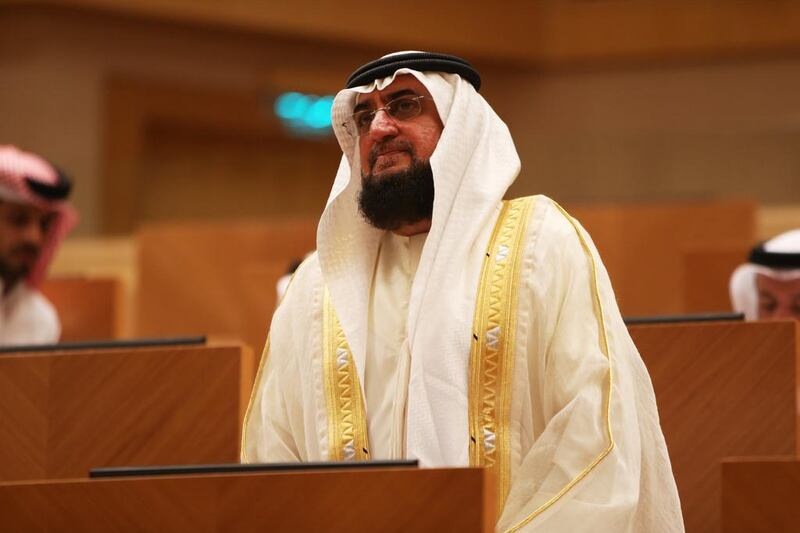ABU DHABI // The FNC’s education committee has made recommendations to boost scientific research in the country, including a 5 per cent contribution from each ministry for experts’ salaries, and less teaching for university professors.
The committee also decided the Ministry of Higher Education and Scientific Research should be split into two entities.
The authority is now the scientific, administrative and logistics centre for scientific research.
The committee, led by Hamad Al Rahoomi (Dubai), wanted professors who were involved in research to teach only two courses each term instead of five, leaving them with more time for research projects.
It also approved preparing an annual plan to oversee the implementation of the programmes between the ministry, authority, universities, colleges and research centres.
The FNC also approved several policies for the General Authority of Islamic Affairs and Endowments.
Rashad Bukhash (Dubai), deputy head of the Islamic Affairs committee, said those included adopting plans and designs of mosques with Emirati architectural style, while also making them “green buildings”.
Ahmed Al Shamsi (Ajman) joked with members, saying there was “no Emirati design and architecture”.
“I agree with the point. It is a beautiful idea, but is there an Emirati style? Could he have meant ‘Islamic’ architecture?” Mr Al Shamsi asked.
Mohammed Al Murr, Speaker of the FNC, said styles varied according to each country.
“Even though there are, in general, Islamic architectural buildings in the country, the same designs have been branched out geographically,” Mr Al Murr said.
“Andalusian mosques are different than the ones found at the Ottoman Empire, and are different than the ones found in India. Emirati style is simple, depending on the environment and products used.”
Mr Bukhash said: “There is a simple, unified style in Emirati mosques, in the embossment and embellishments. Islamic architecture comes from various countries, from China to Morocco, all have different designs and present a national identity.”
Other recommendations at the session focused on Emiratisation, the need for a unified Emirati identity and encouraging members of the community to comply with the country’s initiatives, such as national service.
After the approval of the FNC, the recommendations are taken to the Cabinet for consideration.






